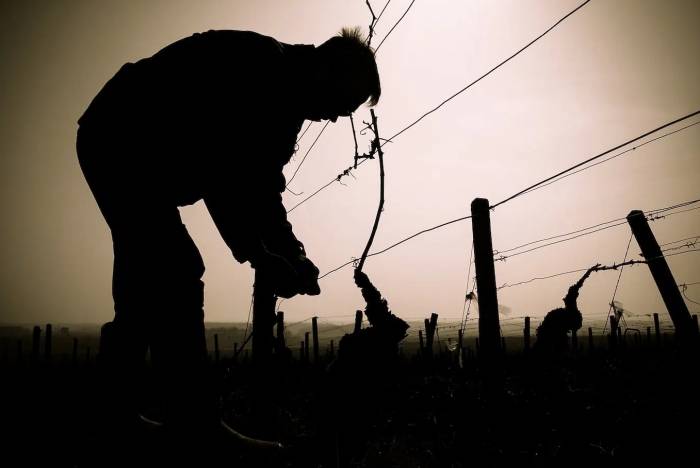
German wine producers are facing one of the most difficult periods in recent history. Rising production costs, a steady decline in alcohol consumption, and falling prices have put many wineries under severe financial pressure. Some industry experts are calling it the worst crisis since World War II. While sales of German wine have been dropping for several years, the situation has become critical for many producers in recent months, drawing public attention and concern.
The crisis became a national topic after a meeting in early September between wine industry representatives and Federal Minister of Agriculture Alois Rainer. Rainer acknowledged the severe challenges and promised federal support. However, the debate intensified after the newly formed “Future Initiative for German Viticulture” issued a public warning in the spring, claiming that half of Germany’s wineries could face bankruptcy in the coming months. While most experts agree the situation is dire, some criticized the initiative for exaggerating figures and proposing measures that lack broad support.
The core of the problem is a significant imbalance between supply and demand. According to Professor Simone Loose, head of the Institute for Wine and Beverage Business at Geisenheim University, production volumes currently exceed consumption by about 30 percent. This oversupply has hit bulk wine producers especially hard, as prices have dropped so low that they often do not cover even basic production costs. In 2024, the wholesale price for bulk wine fell to between 40 and 60 euro cents per liter, while production costs are around 1.20 euros per liter.
Despite the grim outlook, experts at Geisenheim University do not expect a wave of bankruptcies within months. Dr. Larissa Strub, project manager for business analysis at the institute, estimates that more than half of German wineries may close over the next five to fifteen years, but not as quickly as some fear. She also questions the effectiveness of recent calls for consumers to buy an extra bottle of German wine each year instead of imported wine. According to Strub, such moral appeals are unlikely to solve the industry’s problems, as consumer behavior is not easily swayed by sympathy campaigns.
The public dispute has also exposed tensions within the industry. The Future Initiative accused established wine associations of downplaying the crisis and failing to support struggling producers. Christian Schwörer, Secretary General of the German Winegrowers’ Association (DWV), rejected these claims, stating that the association has long acknowledged the seriousness of the situation and has been in regular dialogue with policymakers at both national and European levels. Schwörer pointed to additional challenges such as bureaucracy, new documentation requirements, and increasing international competition, including punitive tariffs in key export markets.
The DWV argues that sustainable solutions are needed rather than headline-grabbing statistics. Schwörer believes that political measures to reduce production volumes are unavoidable, which could mean either temporary fallowing or permanent removal of vineyards. This would particularly affect wineries that have invested heavily in recent years to expand and modernize their operations in hopes of achieving economies of scale. Now, these same businesses are facing liquidity problems due to falling sales and prices.
Both Schwörer and Professor Loose emphasize the need for targeted support for these companies and measures to boost demand for German wines. One key strategy is to strengthen the identity and profile of German wine regions, making their products more recognizable and less interchangeable with wines from other countries. The reform of wine labeling laws in 2021 was intended to help with this, but industry leaders say more needs to be done.
Steffen Christmann, president of the Association of German Prädikat Wine Estates (VDP), argues that the industry should focus on producing distinctive, recognizable wines rather than offering a confusing array of options. He points out that consumers, both in Germany and abroad, struggle to remember or differentiate between the many similar-sounding wines on offer. Christmann believes that decades of focusing on the domestic market and full-range retailers have led to a lack of clear identity for German wines.
Efforts to shift toward higher quality and origin-focused wines have been discussed for years but have often stalled due to resistance within the industry. Many producers have been reluctant to change established practices or limit their product range. The urgency for reform is underscored by government data showing that average profits for German wineries are low, with many earning less than the legal minimum wage after taxes and long working hours.
Demographic changes and social trends suggest that wine consumption in Germany will continue to decline for at least the next two decades. Dr. Strub notes that the drop in demand is already happening faster than previously forecasted. As a result, only about half of today’s vineyard area may be marketable in twenty years.
Industry experts agree that only those wineries able to increase sales, secure market share, and attract new customers will survive in the long term. The current crisis is forcing German wine producers to adapt quickly or risk disappearing from the market altogether.

Dining and Cooking